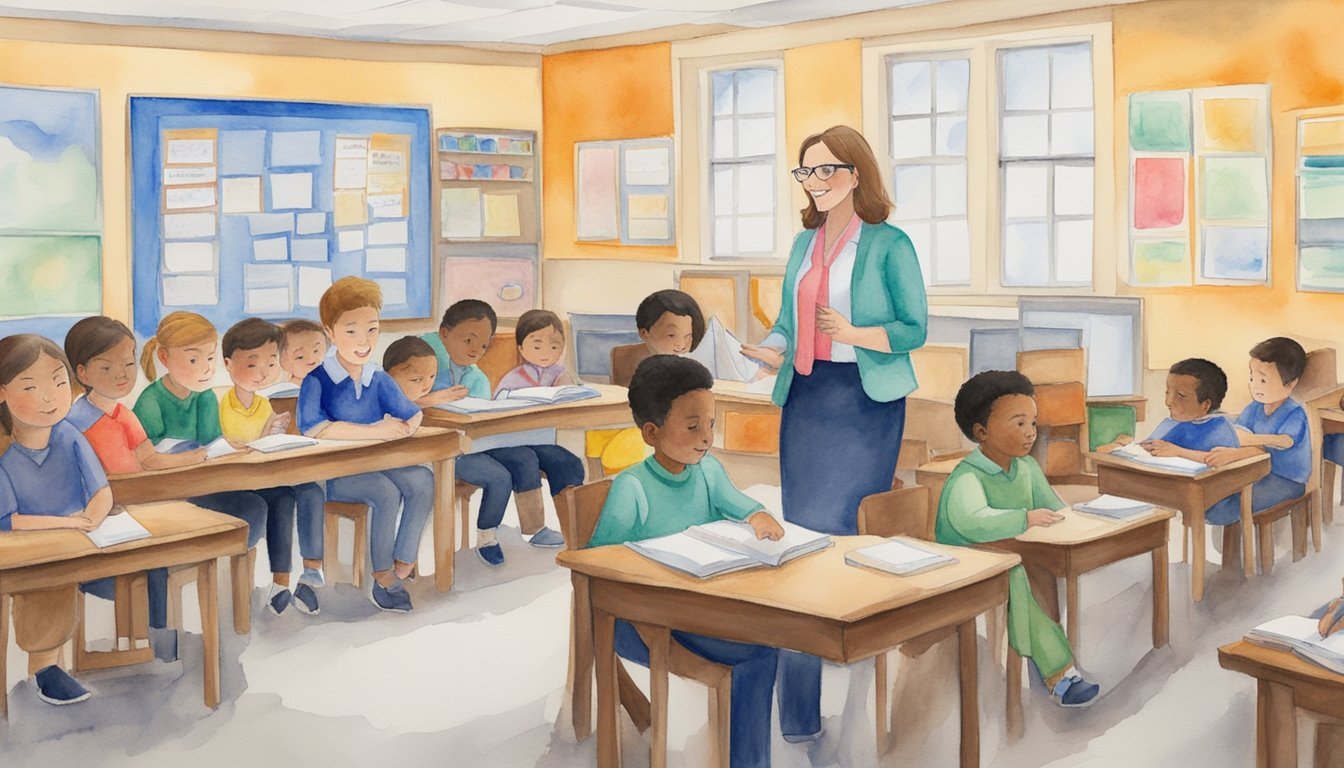Understanding the Texas Teacher Shortage
The Texas teacher shortage is a multifaceted issue affecting public education, influenced by the pandemic and other factors that challenge the retention and recruitment of qualified educators.
Causes of Educator Deficits
A complex set of factors contributes to the scarcity of teachers in Texas. During the COVID-19 pandemic, health concerns intensified the situation, leading to increased retirements and resignations. Certification barriers also play a role, with the stringent requirements sometimes deterring potential teachers. Moreover, the state’s political climate, including debates over race and culture in curricula, adds to the stress on teachers. As a result, areas such as special education, STEM fields, and bilingual education face acute shortages.
Impact on Students and School Districts
Vacant teaching positions can severely impact learning outcomes for students, especially in high-need disciplines like bilingual and special education. School districts are forced to hire less experienced teachers or use long-term substitutes, which can lead to gaps in quality education. The Texas Education Agency acknowledges these challenges and works to address them, but the shortage remains a concern for the future of public education in Texas.
State Initiatives to Combat Shortage
To address the shortage, various state initiatives have been deployed. The Teacher Vacancy Task Force seeks ways to alleviate the crisis, often recommending financial incentives. Figures like Zeph Capo of the Texas American Federation of Teachers advocate for better support and retention of teachers through policy changes. Additionally, alternative certification programs have been developed to attract individuals from other career paths into education, offering them faster routes into teaching. These efforts aim to replenish the educator workforce in Texas and ensure the availability of high-caliber education for all students.
Enhancing Teacher Support and Professional Growth

To effectively address the teacher shortage in Texas, a comprehensive approach to enhancing teacher support and professional growth is essential. This includes not only improving pay and benefits but also establishing robust professional development and mentorship opportunities.
Strengthening Teacher Compensation and Benefits
Teacher compensation is a critical factor in recruitment and retention. Across Texas, teacher salaries vary, but efforts are underway to ensure that educators are not only compensated fairly but also receive benefits that reflect their value to society. According to the Texas Education Agency, the teacher shortage areas 2024-2025 list underscored the need for competitive pay in critical teaching fields. Additionally, matters of health care costs and workload contribute to cases of burnout among staff—addressing these can alleviate feelings of being overworked and undervalued.
Fostering Mentorship and Professional Development
Mentorship programs pair experienced educators with new teachers to provide guidance and best practices, which are crucial for ensuring high-quality education and positive student outcomes. Professional development is also key, allowing teachers to stay updated with the latest pedagogical strategies. For instance, the Teacher Vacancy Task Force recommended more resources to bolster ongoing training and support for teachers. This is echoed in the recommendations for better pay and more resources to ensure Texas attracts and retains qualified educators. Additionally, initiatives like teacher residency programs aim to provide hands-on experience in classroom settings, effectively bridging the gap between theoretical knowledge and practical application in areas such as mental health and school safety.

